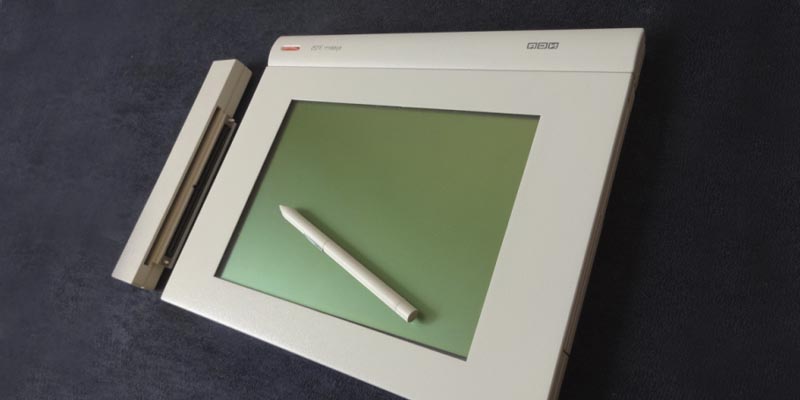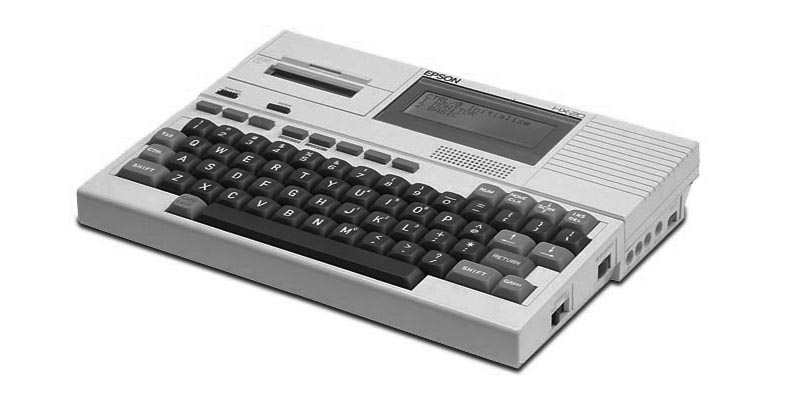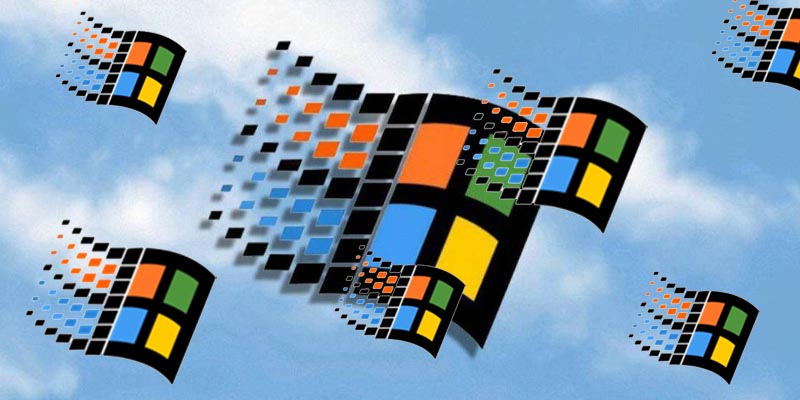
Index:
UPDATED ✅ Do you want to know the origin, history and evolution of computers and their fifth generation? ⭐ ENTER HERE ⭐ and discover its chronology ✅ EASY and FAST ✅
Bringing us closer to a more current moment, and offering us, in fact, news that many of us have experienced, we have the fifth generation of computers.
This is a stage of computer technology that spans two decades, from the 1980s to the 2000sand that includes very differentiated aspects framed in a special moment for the sector.
This moment, long in time but stable at the same time, it has brought us many things and we want to make them known to you showing you how it was, who stood out and what inventions echoed at the time. See all generations of computers full.
What characteristics define the fifth generation of computers?
The first and defining element of this stage is the appearance of the laptop. It is precisely this milestone that makes us leave behind, but by no means forgotten, the desktop PC. Thus, we see that the fifth generation of computers occurs when the portable computer, from IBM, is launched on the market.
The second element that also characterizes this stage is the project that Japan embarks on (called Fifth Generation Project) and looking for the creation of teams based on artificial intelligence. Indicate that this failed completely but, even so, it serves as a framework for the generation.

In addition, we have the following:
- The computer model clones best sellers are becoming popular again, something that had been forgotten in previous years.
- Works very hard on softwareso that they can offer much more, without errors and becoming increasingly versatile and easy to use, both to be understood by the user and by the rest of the software on the machine.
- speed takes over of the equipment, which become fully functional for all types of users.
- The amount of memory for accessible devices it makes an equally spectacular jump.
- A new miniaturization of the parts takes place.
- It works with several processors in the same system.
- The programming languages used are LIPS and PROGOL.
- It is possible the instant language translation.
- Aspects of artificial intelligence are worked on, such as robotics, natural language, speech recognition and expert systems. In this way, the devices become functional, capable of learning and working according to previous actions.
- The inclusion of different ports It allows us to connect with different networks and devices.
- Storage devices become popular and accessible to store information.
- Multimedia begins to gain strength.
- DVD is set as standard for content recording.
What was the evolution and history of the 5th generation of computers?
The stage begins with the sight of a laptop at a fair, the Osborne 1, which can be seen as early as 1981, although it makes us wait to see it for sale; It wasn’t really a useful device. having many shortcomings. This is followed an Epson team, the Epson HX-20, much more efficient.
In 1982, the first supercomputer which processes in parallel. It is also time to see the appearance of the Compaq Portable, a device with a thick screen and a separate keyboard 100% compatible for the first time with the famous IBM PC desktop computer (excluding those of the IBM firm, of course). Same goes for Commodore 64a home gaming computer that went around the world.
Although it is not related to the milestones of the stage, Apple launches what would be the replacement for the well-known Lisa, the Macintosh. It included, for the first time, a graphical interface, the desktop concept that we know and integrated the mouse. Interestingly, their acceptance was minimal.
In 1991 IBM is responsible for designing and creating a switch the size of an atom, something of zero interest at the moment but essential for the development of dwarf computers. Also DEC launches a supercomputer that follows 26 billion basic instructions in one second.
NCR, meanwhile, launches Notepad NCR 3125, a microcomputer with pen and no keyboard, folio size, only 3 cm thick. It includes a multitude of functions and its access requires manual writing. It is the predecessor of touch tablets and smartphones.
A year later the WWW is launchedWorld Wide Web or World Computer Network, the distribution system of hypertext and hypermedia documents through the internet par excellence.

In 1993 IBM manages to record data on an optical disk using blue light lasers.. At the same time that all of the above occurs, since 1982, the Japanese are immersed in a project that, as we have already said, also serves as a framework for the times.
The purpose of this was develop computers that use artificial intelligence in software and hardware to work on much more complex problems while personalized.
This involved an astronomical outlay, development of a number of prototypes and final devices and, unfortunately, a failure and abandonment after 11 years in which, despite considerable progress in different aspects, the results were identical to those obtained with conventional computers and even, on occasions, counterproductive.
What computers and prominent items appeared in the 5th generation of computers?
The most significant devices of the fifth generation of computers were:
- PIM: A prototype hardware based on the union of several PSI machines that were connected in a network. It is part of the Japanese artificial intelligence project. In the end, we find five machines of the type. Its main feature was the group of 256 coupled processing elements.
- Osbourne 1: First portable type microcomputer that appears in 1981 at the West Coast Computer Fair to go on sale, although without much success, two years later. With 13 kg, a CP/M OS, detachable keyboard and a tiny screen, it is too inspired by the Xerox PARC, from 1976. It included two ports, the IEEE-488 and the still usable RS-232.
- Epson HX-20: It was announced in 1981 and launched in 1983. It has a high value for collectors because, unlike the previous one, its characteristics made it much more functional. It had a dual Hitachi 6301 processor, a matriarchal printer, expandable RAM, microcassette for data storage, and an LCD screen.

- Compaq Portable SLT/286 1903: Very bombastic for including a significantly larger screen that allowed you to work with much greater comfort. Its graphics chip was superior, displaying 9×14 characters and included a reverse-engineered Compaq BIOS and the infamous Intel 8088 processor.
- Floppy disk: A storage tool that is totally in disuse but that, curiously, makes up the save button in computer programs. It is a removable square piece in which certain information worked on the computer is stored.
- Windows 95: Version of an operating system based on MS-DOS but with an attractive graphical user interface. Perhaps the best known operating system in history.

Best inventors of the fifth generation of computers
We speak of a time in which inventions do not stand out (With the clear exception of the laptop, which is no longer a development or improvement of what has already been invented).
Even so, we can highlight Von Neumannnot because of its activity in these years but because of his work in previous decadesstarting point and support and inspiration for the development of information storage elements.
Of course, Epson, Microsoft and IBM They did a spectacular job, each in their own way, launching essential products in computing.
Computing